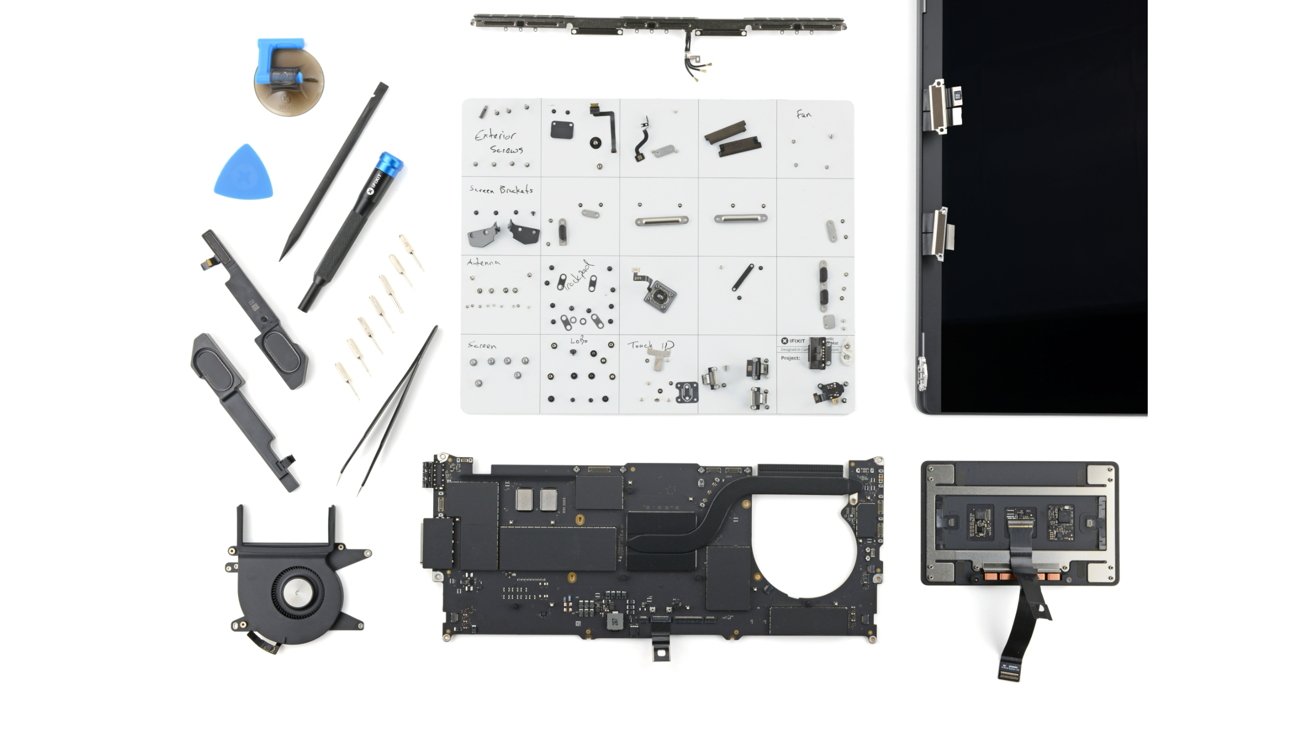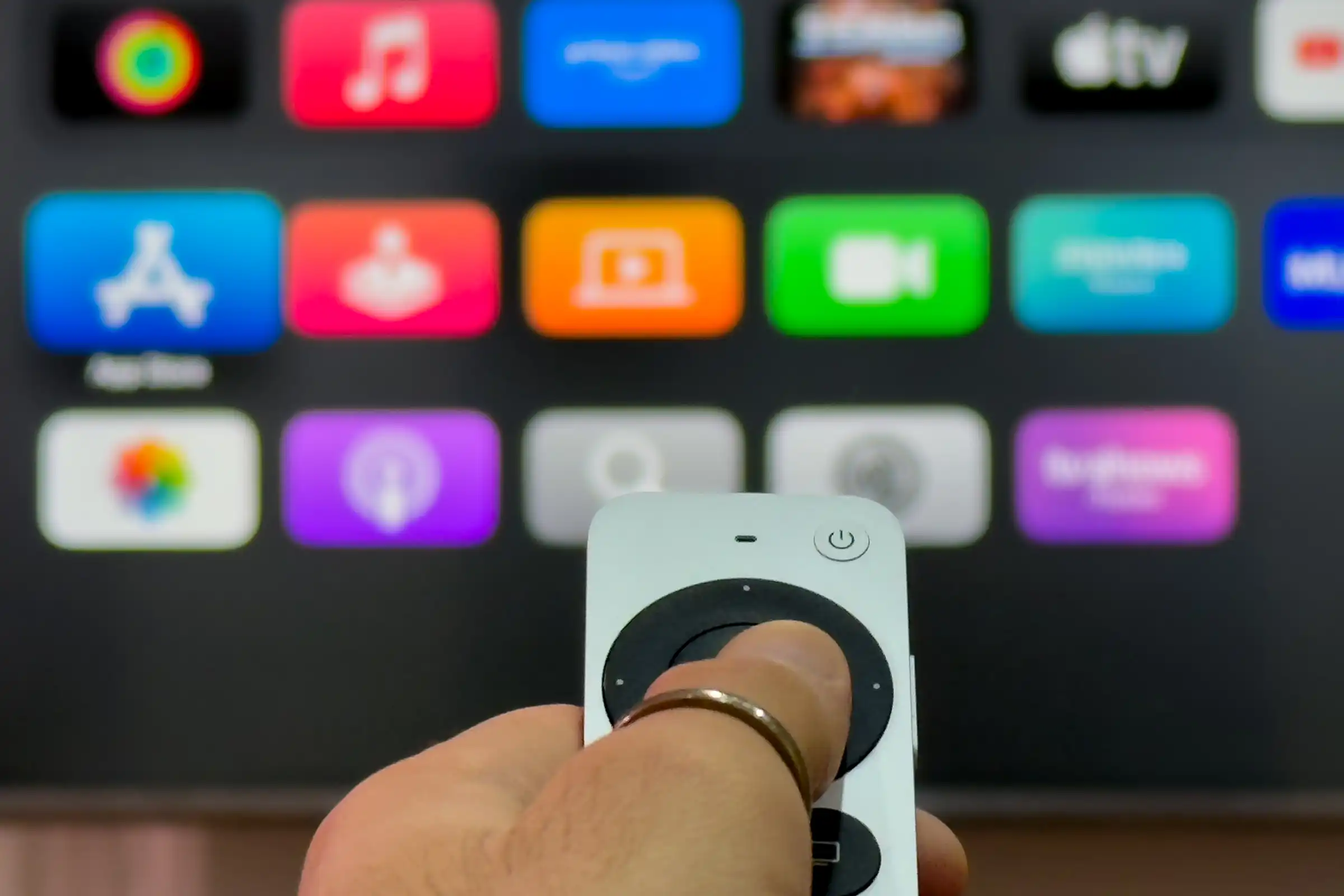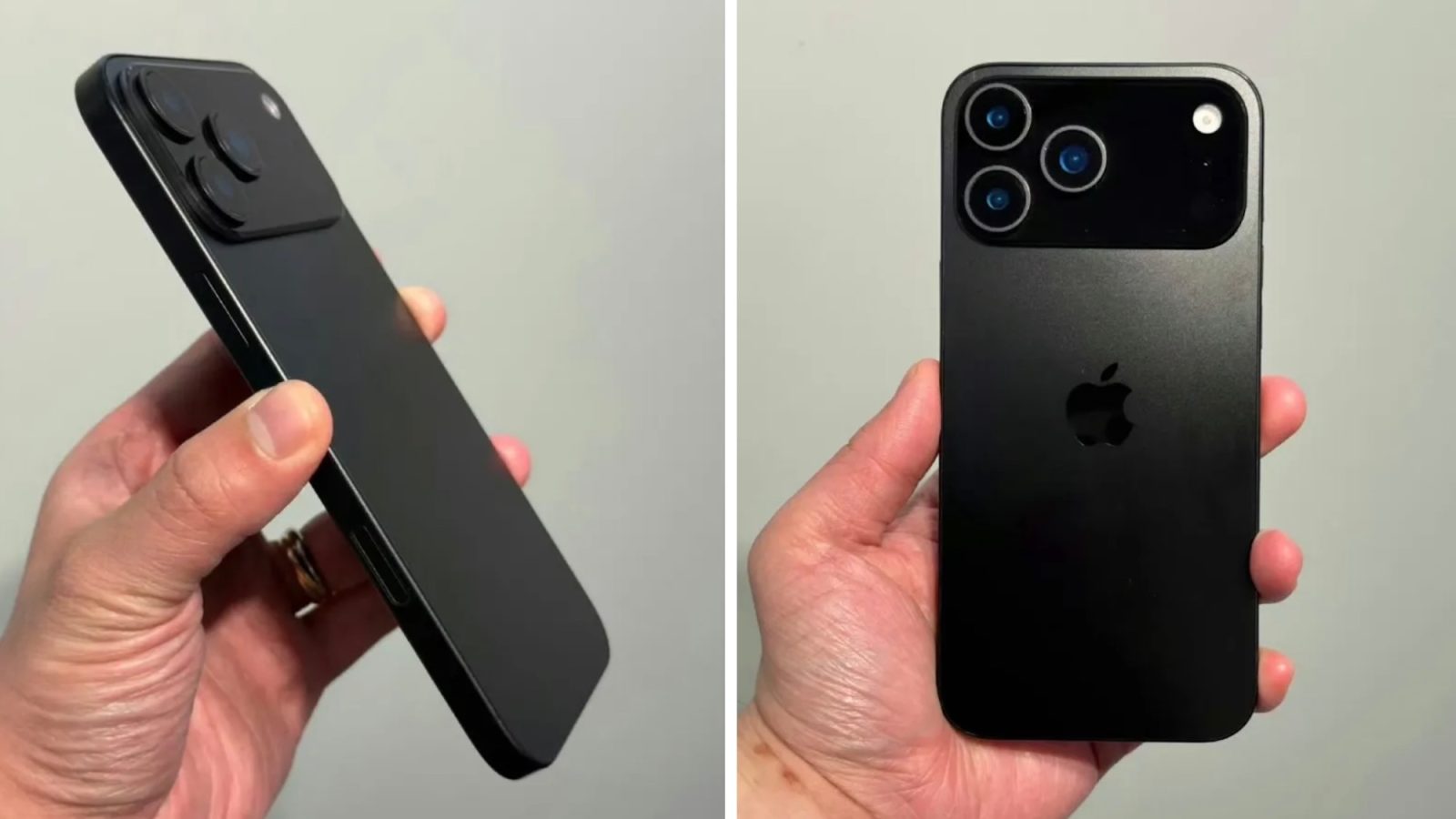Apple’s latest 14-inch MacBook Pro, powered by the M5 chip, introduces subtle yet significant design changes aimed at improving repairability. A recent teardown by iFixit reveals these enhancements, marking a departure from previous models’ more restrictive designs.
Simplified Battery Replacement
One of the most notable improvements is the battery’s attachment method. Unlike earlier models where batteries were glued in place, the new MacBook Pro utilizes adhesive pull tabs. This design choice facilitates easier battery removal and replacement, reducing the risk of damage during repairs. Such a change aligns with Apple’s gradual shift towards more user-friendly repair options.
Modular Port Design
The teardown also highlights the modular nature of the USB-C and MagSafe ports. These components can be individually replaced without necessitating a complete logic board swap, streamlining the repair process and potentially lowering maintenance costs. However, it’s important to note that the HDMI port and SD card reader remain soldered to the logic board, which could complicate repairs involving these specific ports.
Internal Layout and Cooling Enhancements
Internally, Apple has made adjustments to the cooling system. The fans have been enlarged, and the exhaust holes have been expanded, allowing for increased airflow. These modifications aim to enhance thermal management, ensuring the MacBook Pro maintains optimal performance during intensive tasks.
Challenges in Display and Touch ID Repairs
Despite these advancements, certain components continue to pose repair challenges. The display assembly is fused, meaning any screen failure would likely require a full replacement. Additionally, the Touch ID sensor is integrated with the power button and paired with the T2 security chip, complicating repairs and replacements.
Repairability Score and Industry Context
iFixit has assigned the new MacBook Pro a repairability score of 4 out of 10. While this is an improvement over previous models, it indicates that there is still room for enhancement. For context, earlier MacBook Pro models received lower scores due to soldered components and glued-in batteries, which made repairs more challenging.
Conclusion
Apple’s latest MacBook Pro demonstrates a commitment to improving device repairability. By implementing design changes such as adhesive pull tabs for the battery and modular ports, Apple is making strides toward more user-friendly and sustainable products. However, challenges remain, particularly concerning the display and Touch ID sensor. As the tech industry continues to evolve, balancing sleek design with repairability will be crucial for both consumer satisfaction and environmental sustainability.



